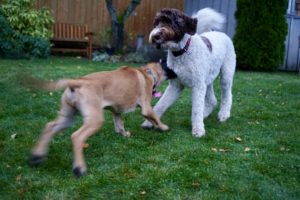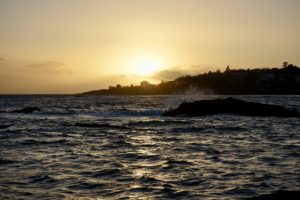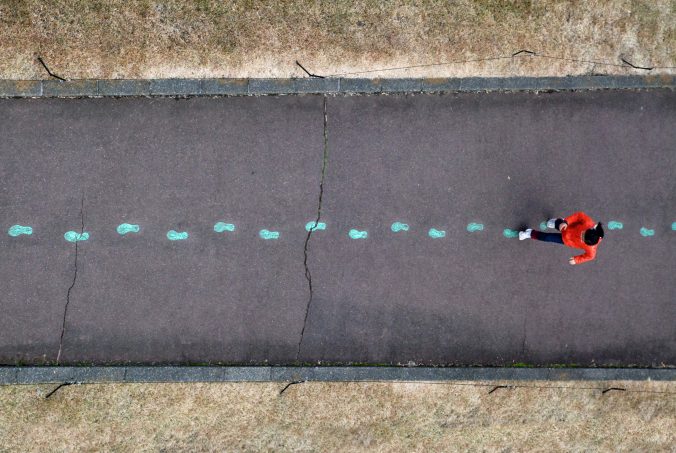This week I learned about taking action shots in low light. If you have ever been to a theatre performance, an indoor sporting event, or in my case, my dog’s playtime, you will know what I mean when I say taking action shots in low light is hard! I found action shots particularly hard to do because they always ended up blurry. So, I did a little research and found some sites that described some techniques and camera settings in order to capture the action shots in low light. The first suggestion was to use manual focus because it gives you complete control (Hamel, n.d.). I found that I am still not comfortable with using the manual focus, so I decided to stick with autofocus for my photos. The article also suggests that if your subject is far away, like at a play or dance recital, to use a long lens that has a large aperture (Hamel, n.d.). The large aperture will let more light in and help with the quality of the photo in the low light setting (Hamel, n.d.). A fast shutter speed is also necessary in order to keep your moving subject in focus (Hamel, n.d.). In order to make sure you are using the right shutter speed you can follow the Reciprocal Rule, which states that the minimum shutter speed needed to keep the picture sharp is the inverse of the focal length (Hamel, n.d.). I found this a little confusing, so I just set my shutter speed by trial and error. Lastly, this article suggests using a high ISO in order to achieve the right exposure (Hamel, n.d.). During my dog’s playtime, I took many shots, and some turned out okay and others not great, but I decided not to worry about that and follow the mantra that “the more photos you take, and the more mistakes that you make, the better your photography will become” (Landwer-Johan, n.d.).
This video goes into more depth on ISO and shutter speed that are needed for low lights action photography.
Some of my photos from this week:





References:
Hamel, J. (n.d.). 13 Tips for Doing Action Photography in Bad Light. Digital Photography School. Retrieved from https://digital-photography-school.com/13-tips-for-doing-action-photography-in-bad-light/
Landwer-Johan, K. (n.d.). Why it’s a Good Idea to Take Lots of Photos. Digital Photography School. Retrieved from https://digital-photography-school.com/good-idea-take-lots-of-photos/
Video from: https://www.youtube.com/watch?v=iMVHloCjot4







Recent Comments